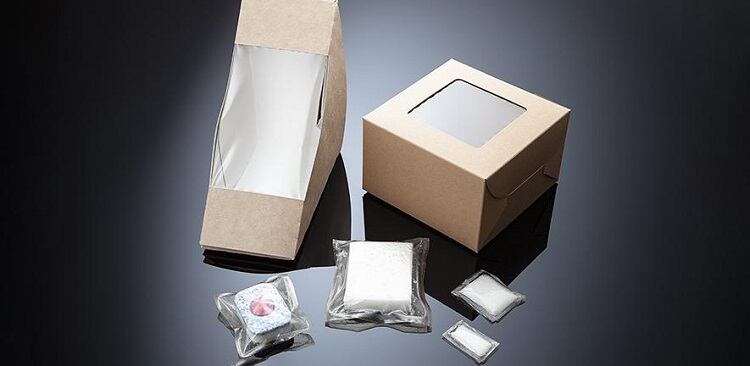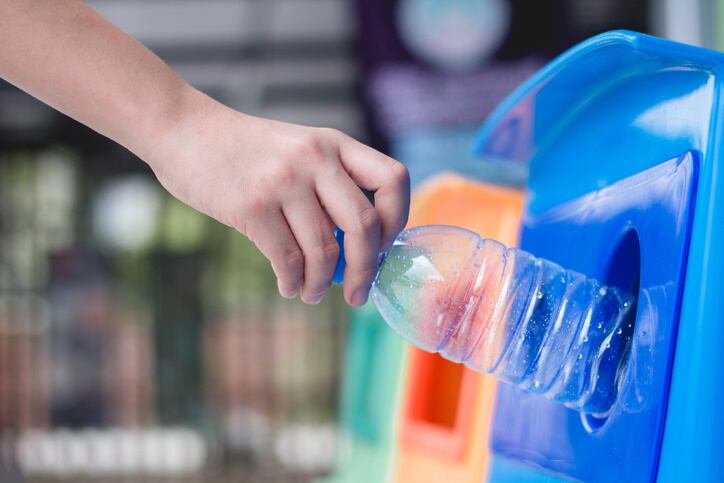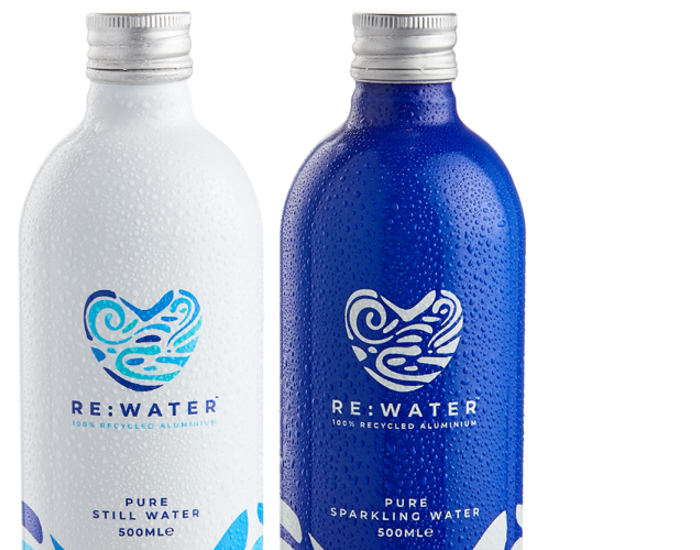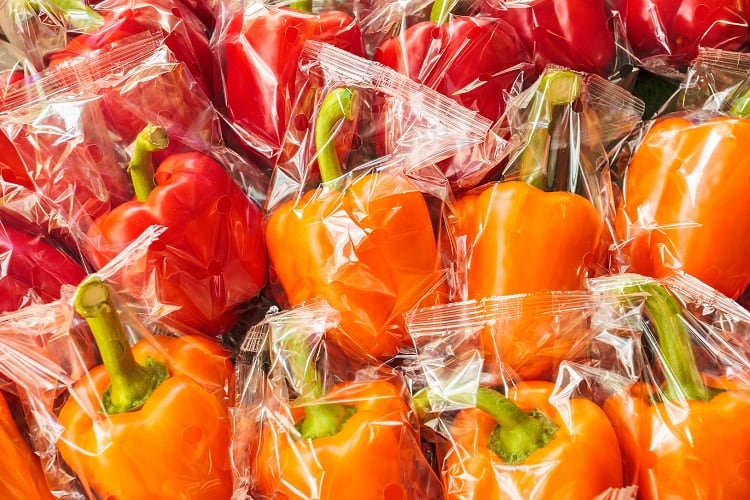The world is facing a plastics pollution problem, and industry is being forced to act.
In Europe, the Directive on Single-Use Plastics plans to outlaw the 10 single-use plastic items most commonly found on Europe’s beaches, including cups for beverages and packaging. Where sustainable alternatives are easily available and affordable, single-use plastic products will be banned from 3 July this year.
Microplastics are another global concern. Once these small pieces of plastic enter the environment, as a result of plastics pollution, they do not biodegrade. Rather, they accumulate in animals, and are consequently also consumed as food by humans.
In response to the 42,000 tonnes of microplastics that end up in the environment every year, the European Chemicals Agency (ECHA) has proposed a restriction it says would prevent the release of 500,000 tonnes of microplastics over 20 years.
As industry hunts out plastic alternatives to comply with impending bans, Cambridge University spin-out Xampla believes it has the solution. “Our materials are completely biodegradable. It’s literally like putting food waste into home composting,” Marc Rodríguez Garcia, Co-founder and Head of R&D at Xampla told FoodNavigator.
“There is no question mark over its end-of-life, because it is essentially a material that will naturally degrade in the environment.”
Inspired by spider silk
Xampla’s solution is a polymer film designed to mimic the properties of one of the strongest materials in nature: spider silk.
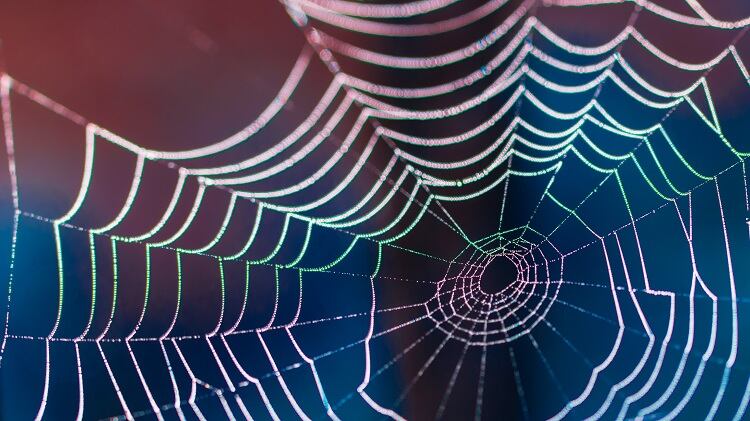
“In silk, you have a mixture of crystalline and amorphous peptide chains and that’s what gives you materials that are really flexible and robust with high mechanical strength,” explained Garcia. “And that’s essentially what we are trying to replicate.”
Xampla’s technology reassembles plant proteins into materials that mimic silk at a molecular level. “We are able to control the self-assembly of protein molecules. And for plant-proteins, you don’t see a lot of examples in literature where people have accomplished that.”
This is because plant protein molecules are ‘so insoluble’ that it is ‘very difficult’ to control their molecular arrangement.
“We’ve developed a method whereby we can dissolve plant proteins in a very mid, solvent system [made from] concentrated vinegar, which enables us to unfold the proteins and have much better control over how they rearrange – [meaning we can] pack them into structures that are very similar to spider silk.
“It’s almost like trying to replicate something that looks like spider silk, but it’s made from plant proteins.”
The spin-out is currently using commercially available plant proteins in its technology, with a particular focus on soy and pea protein. However, its technology can be applied to ‘a whole range’ of different plant proteins, we were told.
Food and non-food applications
Xampla has yet to launch onto the market, but is developing a food-grade flexible film to replace single-use sachets (to hold sauce, for example) as well as materials for non-food products.
The end result is ‘highly transparent’, the R&D lead explained, which again relates to the plant protein arrangements. “If you were trying to make these films from standard pea and protein powders, they would not be transparent at all. The fact that we can organise these molecules…gives us a much higher transparency.”
Another area of interest is edible packaging. In this instance, Xampla will want to ensure the material does not ‘just look like plastic’. “From a consumer point of view, you would not be expecting to eat something that looks like plastic, so one of the things we’re trying to develop is to generate a material that essentially performs like plastic – or provides the same function – but doesn’t look specifically like plastic.
“We don’t know if it will have a different texture or a different colour, but it’s something that we’re currently working on.”
Elsewhere, Xampla is also investigating water soluble polymer applications, which Garcia describes as a flexible film that dissolves in water.
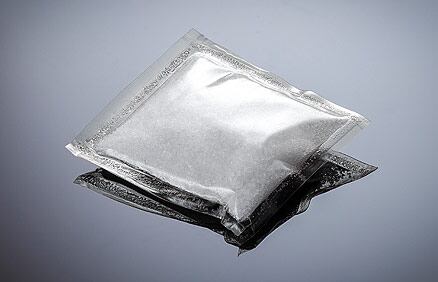
The start-up expects to launch its first product in 2022. Concerning cost, it expects its bio-based materials will be more expensive than standard fossil fuel-derived plastics. As it scales, however, the price tag will lower.
“The cost of the raw materials is not actually that high,” Garcia explained. The company believes such costs could be reduced even further by upcycling side-stream proteins from other industries.
“That is why we are interested in things like rapeseed protein, for example, which is a by-product of rapeseed extraction. Not all rapeseed proteins can be used for food, the majority of them are used for feed.
“So once we are able to get much cheaper feedstock and scale it up [for non-food applications], it will become a lot more competitive.”


